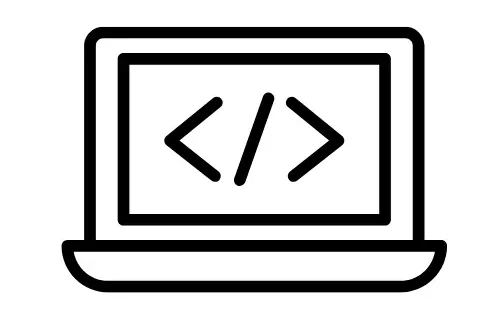Introduction to CSS: Styling Your Website
In the world of web development, CSS (Cascading Style Sheets) plays a pivotal role in determining how websites look and feel. Whether it’s changing colors, adjusting fonts, or organizing layout, CSS empowers developers to create visually appealing and user-friendly websites. In this comprehensive guide, we’ll delve into the fundamentals of CSS, exploring its key concepts and practical applications.
Understanding CSS: A Brief Overview
CSS, short for Cascading Style Sheets, is a language used to style the presentation of web pages written in HTML and XHTML. It defines how elements are displayed on a webpage, including their layout, colors, fonts, and more. Unlike HTML, which focuses on the structure of content, CSS focuses on its presentation, providing greater flexibility and control over design.
Getting Started with CSS
Before diving into the intricacies of CSS, it’s essential to understand the different methods of incorporating CSS into your web pages. These include Inline CSS, Internal CSS, and External CSS. Inline CSS involves styling individual HTML elements within the markup, while Internal CSS allows for styling within the <style> tags within the HTML document. External CSS, on the other hand, entails linking an external CSS file to the HTML document, enabling consistent styling across multiple pages.
Basic CSS Syntax
CSS syntax consists of selectors, properties, and values. Selectors target specific HTML elements, properties define the visual aspects to be styled, and values specify how those properties should be applied. Understanding this syntax is fundamental to writing effective CSS rules that style your web page elements exactly as desired.
Styling Text and Fonts
Text styling is a fundamental aspect of web design, and CSS provides numerous properties to customize text appearance. From changing font families and sizes to adjusting colors and adding text effects such as bold or italic, CSS offers versatile options for enhancing textual content on web pages.
Working with Colors and Backgrounds
Colors and backgrounds play a crucial role in defining the overall aesthetic of a website. CSS enables developers to set background colors, apply background images, and even create gradients, allowing for creative and visually striking designs.
Layout and Positioning
Layout and positioning are essential for organizing content on a webpage and creating a visually appealing user interface. CSS offers various techniques for controlling the layout of elements, including the box model, floating, and positioning, allowing developers to create flexible and responsive designs.
Introduction to Flexbox and Grid
Flexbox and Grid are modern CSS layout models that simplify the process of creating complex layouts. Flexbox excels at arranging elements along a single axis, while Grid enables two-dimensional layout control, making it easier to create responsive and adaptive designs for different screen sizes and devices.
Responsive Design with CSS
With the proliferation of mobile devices, responsive design has become a crucial consideration for web developers. CSS provides tools such as media queries, which allow developers to adapt their designs based on the user’s device characteristics, ensuring a seamless and optimized browsing experience across various platforms.
Exploring CSS Frameworks
CSS frameworks like Bootstrap and Foundation provide pre-designed components and layouts that streamline the web development process. While these frameworks offer numerous benefits, including faster development and cross-browser compatibility, it’s essential to understand their limitations and tailor them to suit specific project requirements.
Conclusion
In conclusion, CSS is a powerful tool that empowers web developers to create visually stunning and user-friendly websites. By mastering the fundamentals of CSS and exploring advanced techniques and best practices, developers can elevate their web design skills and deliver exceptional online experiences for users. Whether you’re a beginner or an experienced developer, understanding CSS is essential for building modern and engaging websites in today’s digital landscape. So, roll up your sleeves, dive into the world of CSS, and unleash your creativity in styling your website.
